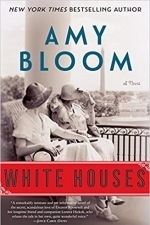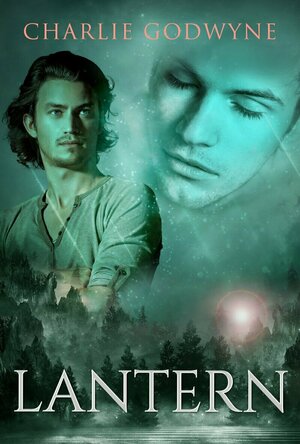
Adult Emoji for Lovers
Social Networking
App
3,000,000 Naughty Couples Served! • "Love this app to send romantic and even sexy emoji's to my...

White Houses
Book
"Amy Bloom brings an untold slice of history so dazzlingly and devastatingly to life, it took my...
Merissa (13585 KP) rated Down to the Sea (Mystic Beach, #1.5) by Aislinn Archer in Books
Jun 17, 2022 (Updated Jun 19, 2023)
Events that happened in Once Upon a Dream from Hunter's perspective, we now see from Brighid or Aedan's. This definitely helped fill the gaps and you see the reasons now for things Brighid did or said.
Aedan has his own love who hasn't 'woken up' yet and he and Brighid decide to pass the time with each other. He is a priest for a Manx Sea God - Manannán mac Lir. This means he has his own insights but he certainly doesn't see everything.
Apart from Brighid's visions, there isn't much paranormal here yet, although I'm sure that's coming in future books. I am loving this story and how the characters change and grow throughout the story.
One thing I have to say - and I know I will be in the minority here - but I got bored with the sex scenes between Aedan and Brighid. It says in the blurb the steam factors are high, and they are. It's just... I discovered I wanted more of the connection, the mysticism, between the two of them, rather than the sex. I found myself skipping over the sex scenes (unlike me) to get the visions or OoB experiences at the end. I loved it when the author changed it slightly near the end so we knew what they were doing but didn't need everything laid out.
As I say, this is my opinion, and it certainly didn't stop me from enjoying the rest of the story! I am now waiting (im)patiently for the continuation of Hunter and Brighid's story, content with waiting for Aedan's simply because I know it's coming.
If you love Ireland and the Irish Gods, I definitely recommend this book and series.
** same worded review will appear elsewhere **
* A copy of this book was provided to me with no requirements for a review. I voluntarily read this book; the comments here are my honest opinion. *
Merissa
Archaeolibrarian - I Dig Good Books!
Jun 12, 2022

Desi Music for Bollywood Songs
Music and Entertainment
App
* The ONLY Bollywood music app to provide complete lyrics with songs. * The ONLY Bollywood Music...

Cricket Career 2015 - T20 Edition
Games and Sports
App
Some of our Minor Achievements No.1 Sports game in the Indian app Store! No.1 Paid game in Sri...

Lantern (Danubian #1)
Book
In the black night, I alone uphold the shrine of the seven lantern gods. The year is 2448....
MM Paranormal Romance

Salinger
David Shields and Shane Salerno
Book
Based on eight years of exhaustive research and exclusive interviews with more than 200 people-and...

Christmas Mountain
Book
The probation officer caring for his dead brother’s baby. The wounded gentle giant with the...
Contemporary MM Romance Seasonal

Steve - The Jumping Dinosaur!
Games and Entertainment
App
A funny 2D infinite runner it´s coming, meet ‘Steve’, you new friend that lives in your...

Slots! Jackpot Party Casino
Games and Social Networking
App
Enjoy exciting casino slots @ the original Jackpot Party Casino – the best slots app with over 70...
